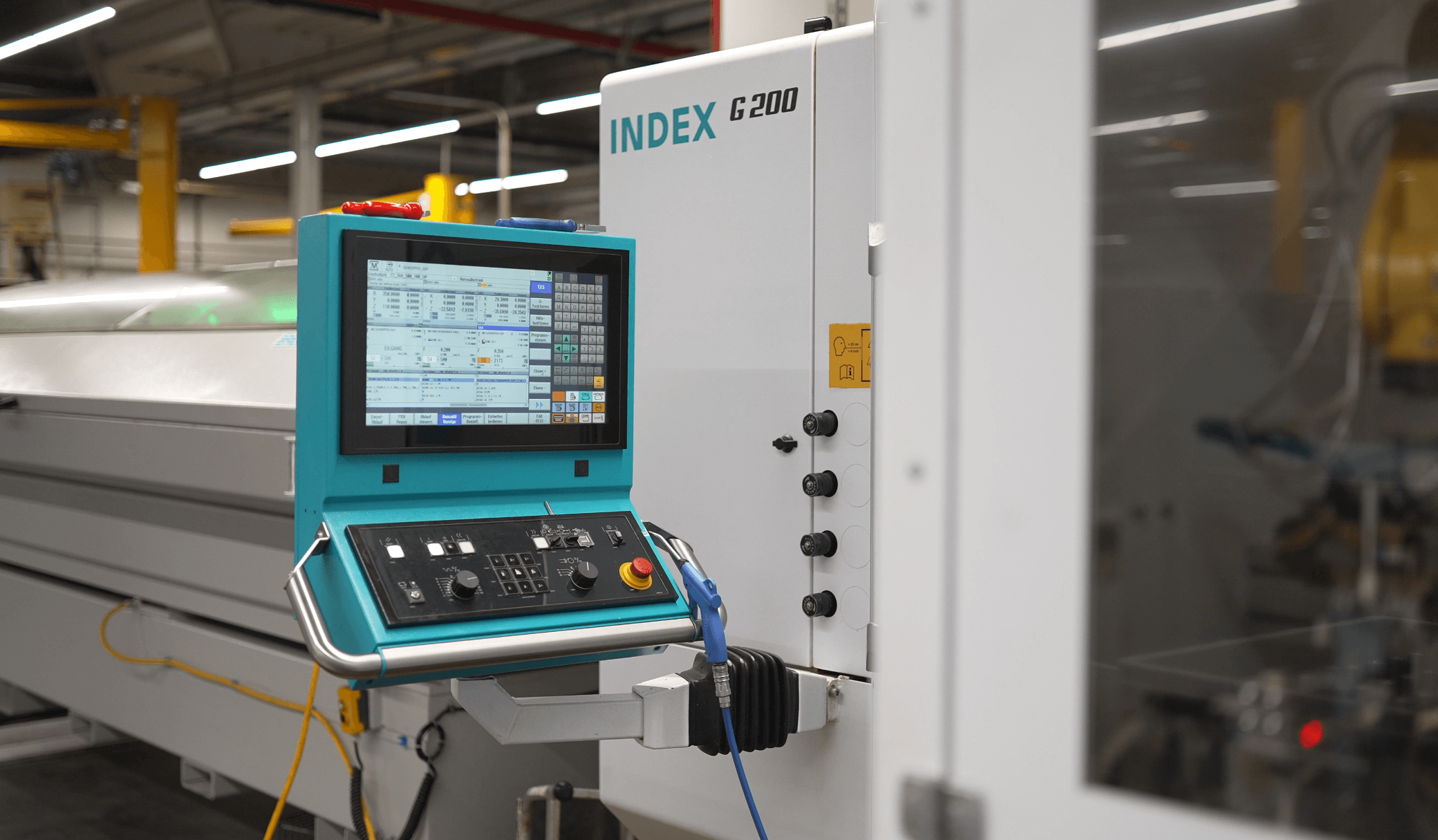McKinsey’s study shows AI can significantly reduce costs in manufacturing and supply chains. Over 60% of respondents in each area reported cost savings due to AI. Industry 4.0 hype is real, especially around AI, machine learning (ML), and Big Data. The revelation may not be a surprise for those paying attention.
These technologies thrive on large quantities of information, and the average production plant produces gigantic caches of data each year. The result is that there’s plenty of information for AI and ML algorithms to analyze in pursuit of efficiency gains and cost savings.
Supply Chain Dive noted that manufacturers are leveraging analytics technology to improve yield, energy, and throughput, resulting in significant cost savings. By doing more with their existing capacity, manufacturers are reducing downtime and improving performance with the help of analytics technology. This is, broadly speaking, due to two important factors: network optimizations and forecasting improvements. AI-enabled environments can assist planners in anticipating future demand and capacity restrictions. By working within these constraints, planners can ensure that finished products are delivered on time. The result is improved unit costs and better use of capital commitments.
Detailed Scheduling
At a relatively high level of abstraction, analytics-driven forecasting and optimization are the keys to reducing manufacturing costs. But how does that play out in a real-life production plant? For starters, it takes the form of detailed scheduling for manufacturing runs. A human planner might struggle to create an optimal production plan without analytics capabilities. Digital planning solutions without analytics may also fail to consider all production constraints for an optimal plan. Managing production involves labor, machines, raw materials, and customer requirements, leading to a complex web of possibilities. Navigating these complexities can be challenging, but essential for optimizing the production process.
AI is designed to handle complex scheduling. Planners can use AI-powered solutions for detailed scheduling in job-shop environments. You can structure workloads in incredible detail. All in a shorter period than ever before. From there, you can become much more responsive to both incoming and projected orders, improving your on-time performance, reducing waste and idle time, and delighting your customers in the process.
Predictive Machine Maintenance
Forecasting future demand is a powerful tool in AI-driven technology ecosystems. It can improve your sales and operation process. In this way, you can more effectively match demand and capacity to keep the costs associated with overages and shortages at bay. But once we move beyond that use case, we can also look at some of the more niche ways in which AI has the power to transform the production floor. For instance: predictive machine maintenance.
Right now, unexpected machine idle time (due to breakdowns or unplanned maintenance) is a costly fact of life for most manufacturing businesses. But if it were suddenly possible to see breakdowns coming in advance and take proactive measures to deal with them, you could cut out all of the costs associated with unplanned idle time (e.g. increased unit costs, premium freight for rushed orders after the plant is online again, etc.). With AI integrated into your software ecosystem, it’s possible to do exactly that. Predictive algorithms take in live production data from your factory floor, and over time they correlate specific factors (factors that would be virtually impossible for a human planner to identify without AI assistance) with impending breakdowns. Planners can establish links to receive notifications when a breakdown is likely. They can then proactively plan maintenance at the most convenient time to minimize disruption.
The power of real-time monitoring is that it can power both: the former by way of reduced downtime, and the latter by way of more complex, real-time optimizations.
For more information on how AI can optimize your manufacturing and production cost, contact us.
Image by Freepik.


